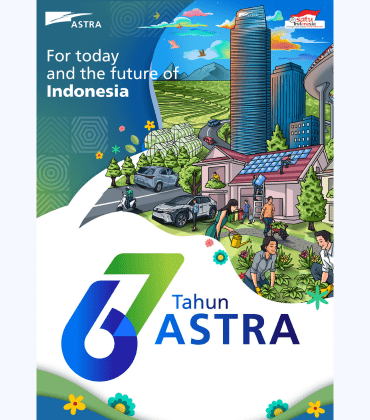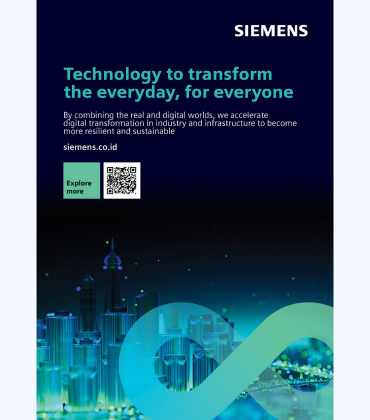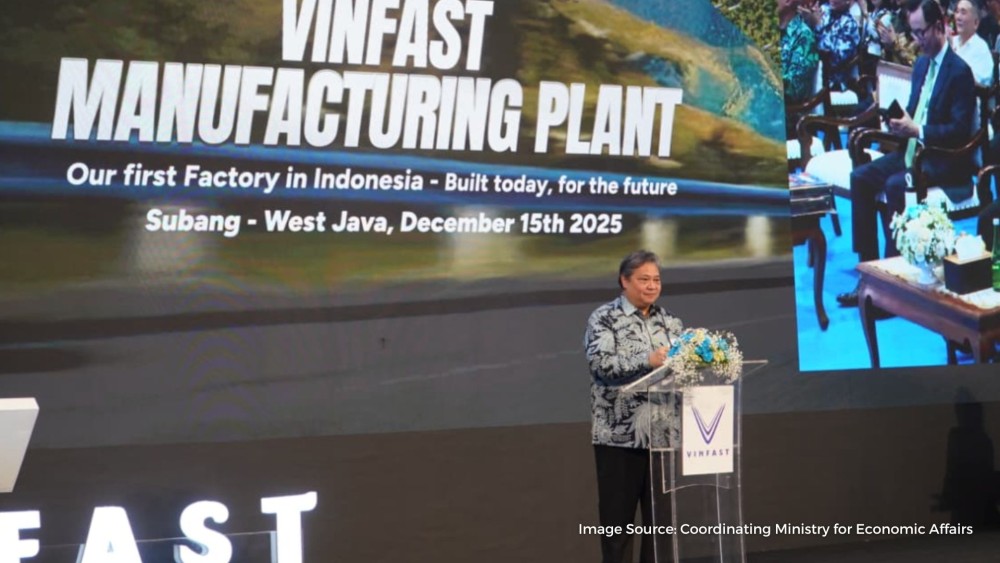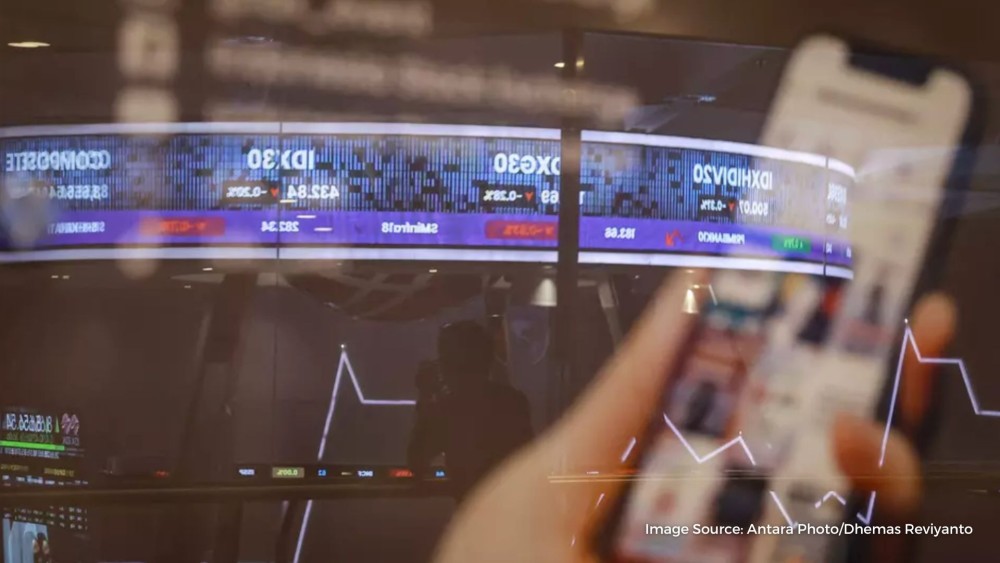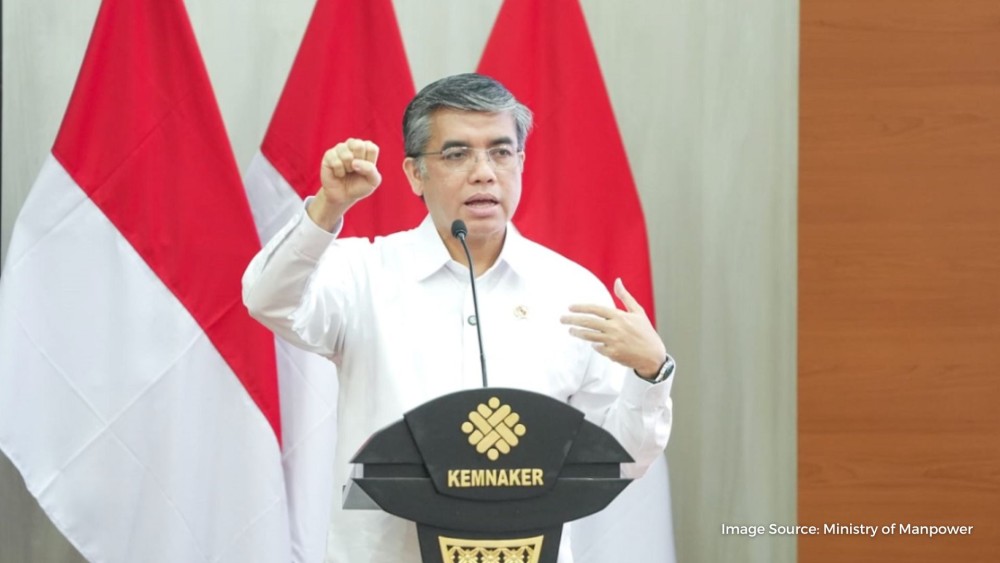Indonesia, the world’s fourth most populous country and the largest economy in Southeast Asia, continues to strengthen its position within regional and global value chains. The textile and apparel industry remains one of the country’s strategic manufacturing sectors, supported by a large domestic market and a long-established integrated value chain ranging from fiber production to finished garments.
After several years of volatility, the sector is showing signs of gradual improvement. Indonesia’s textile and apparel GDP growth returned to positive territory in 2024, reaching 4.26% after contracting in 2023, while Purchasing Managers’ Index (PMI) indicators in 2025 suggest a more stable rebound. By November 2025, the PMI climbed to 53.3, its highest level since February of the same year, reflecting continued expansion in production and purchasing activity. These developments signal renewed momentum for the sector, even as structural pressures persist.
Indonesia remains a relevant player in the global textile landscape, ranking 13th among textile-exporting countries with a 1.66% share of global textile exports valued at USD 13.4 billion as of 2023, according to the Observatory of Economic Complexity. The United States, the European Union, and Middle Eastern markets continue to be primary destinations for Indonesian textile and apparel products. At the same time, Indonesia is expanding its presence in Muslim fashion, aiming to capitalize on its status as the world’s largest Muslim-majority nation. Trade missions increasingly target Muslim-majority regions in Africa and the Middle East, reflecting the government’s ambition to make Indonesia a global hub for Muslim fashion.
The industry’s vertically integrated structure—from fiber and spinning to weaving, knitting, dyeing, and garment manufacturing—has traditionally been a competitive strength. Domestic demand accounts for around 30% of production, supported by growing purchasing power in major urban regions, the rise of online retail, and Indonesia’s rapid adoption of new fashion trends. Muslim apparel continues to grow as an important market segment, with about 80 percent of Muslim-oriented textile production absorbed domestically.
Despite these advantages, the sector experienced significant pressure during 2023 and 2024. Global economic slowdown, the Middle Eastern conflict, and weaker retail demand in the United States and Europe contributed to declining orders. From January to August 2024, the value of textile exports fell by 2.91%, while garment exports declined by 0.82 percent compared with the same period in 2023. The slowdown forced some manufacturers to reduce operating capacity, while others closed facilities entirely.
However, early signs of recovery have emerged entering 2025. After five consecutive months of contraction, Indonesia’s PMI returned to expansion from August 2025 onward, rising consistently through November. The gradual rebound aligns with improving domestic consumption, stabilizing export orders in selected segments, and renewed investment interest in higher-value textile and apparel products. When viewed in the context of the past decade of industry fluctuations—including contractions of -8.88% in 2020 and -4.08% in 2021, followed by strong recovery of 9.34% in 2022—the most recent data suggests that the sector is moving toward a more stable trajectory heading into 2026.
Despite recent improvements, the Indonesian textile industry continues to face structural and competitive pressures. Weak external demand throughout 2023 and 2024 resulted in declining export orders from key markets, leaving domestic manufacturers exposed to heightened competition. As neighboring textile-producing countries experienced similar downturns, many redirected their lower-cost products to Indonesia, intensifying supply pressures and reducing margins for local producers. The influx of inexpensive imports has made it difficult for domestic manufacturers to maintain pricing power, particularly in mid- and low-range product segments.
This environment contributed to factory closures across the industry. Since the end of 2022, approximately 30 textile and apparel producers have halted operations, including several major integrated facilities. These shutdowns resulted in significant job losses—46,000 by mid-2024, rising to an estimated 70,000 by year-end. The closures weakened household purchasing power, further affecting domestic demand for textile and apparel goods and restricting the ability of the industry to absorb recovered supply.
Cost competitiveness also remains an ongoing challenge. A government-mandated average minimum wage increase of 6.5% for 2025 will raise labor costs at a time when many manufacturers continue to operate below optimal production levels. Coupled with high logistics costs, energy prices, and compliance expenditures, the overall cost structure limits the ability of local producers to compete with imports from Vietnam, China, Bangladesh, and India.
In addition to these immediate pressures, longstanding structural issues continue to hinder productivity. A large portion of Indonesia’s spinning, weaving, and finishing machinery is more than two decades old, significantly limiting efficiency, quality, and energy use. Although government programs exist to support modernization, investment in upgrading equipment has been slow, restricting the sector’s ability to move into higher-value product categories.
Regulatory complexity further complicates the operating environment. Requirements related to Local Value Added (TKDN), coupled with extensive testing, certification, and inspection procedures, introduce additional administrative and cost burdens. While such measures are intended to strengthen domestic industry participation, they can also delay product introduction and increase operational overhead for both local manufacturers and foreign suppliers.
Government efforts to protect the industry have included the imposition of Safeguard Measures Import Duties on selected fabric imports, effective since August 2024. These measures reduced fabric import volumes by more than 10% during January to October 2024. However, while they offer short-term relief, they do not fully resolve deeper challenges related to competitiveness, productivity, and technological modernization.
Indonesia’s textile and apparel industry remains an important pillar of the country’s manufacturing base, supported by a large domestic market, political stability, and continued economic development. The sector’s return to moderate growth in 2024 and the strong PMI performance in late 2025 indicate a gradual stabilization after several challenging years. The government’s vision “Making Indonesia 4.0” continues to guide policies aimed at industrial modernization, emphasizing productivity improvements, industrial integration, and greater competitiveness in global markets.
For foreign companies, Indonesia remains a promising destination, albeit with a challenging entry environment. Complex regulations, certification requirements, and import procedures can create barriers, yet the market remains highly dependent on imported machinery and technology—particularly for modernization of spinning, weaving, and finishing lines. High-tech textile machinery with strong after-sales support, modern automation and energy efficiency features, and clear productivity gains is increasingly valued by Indonesian manufacturers seeking to strengthen competitiveness.
Building successful market entry strategies requires collaboration with local agents or distributors, effective handling of import procedures, and clear demonstration of technological advantages. Companies emphasizing innovation, product quality, productivity improvement, and reliable after-sales service are likely to remain competitive against lower-cost alternatives.
While near-term risks remain, Indonesia’s textile industry holds substantial long-term potential. Ongoing modernization, a growing domestic apparel market, and the gradual recovery of export demand position the sector for stronger performance in the years ahead. Foreign suppliers and technology providers that align with these industry needs will find strong opportunities as Indonesia advances toward a more competitive and technology-driven textile manufacturing landscape.
Business Sectors
